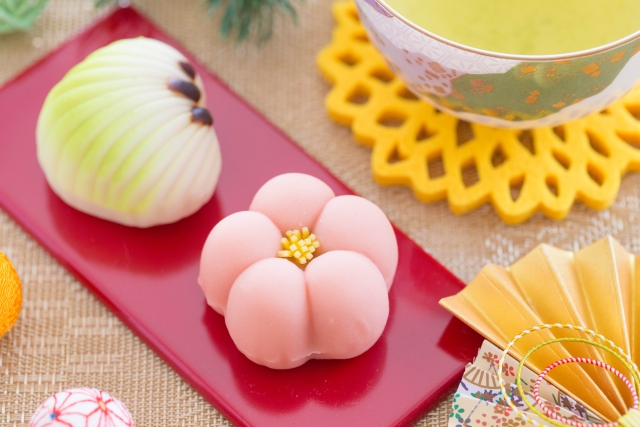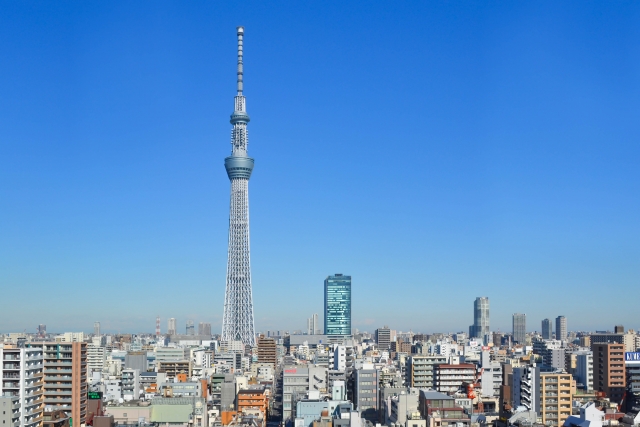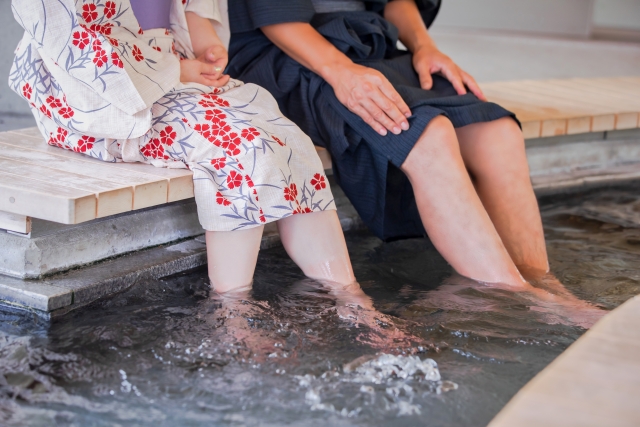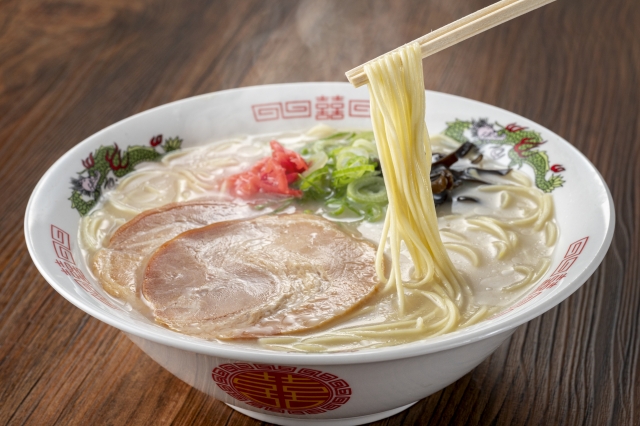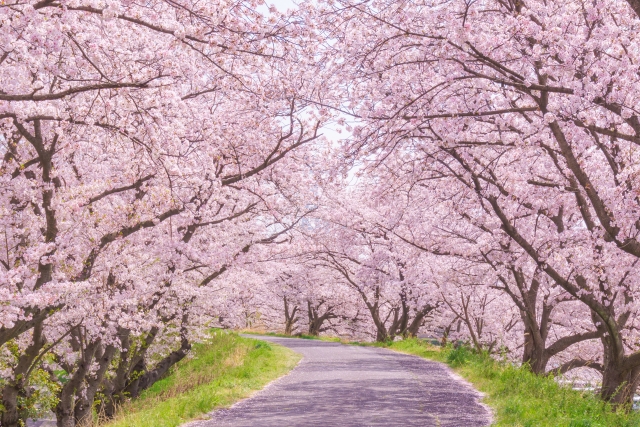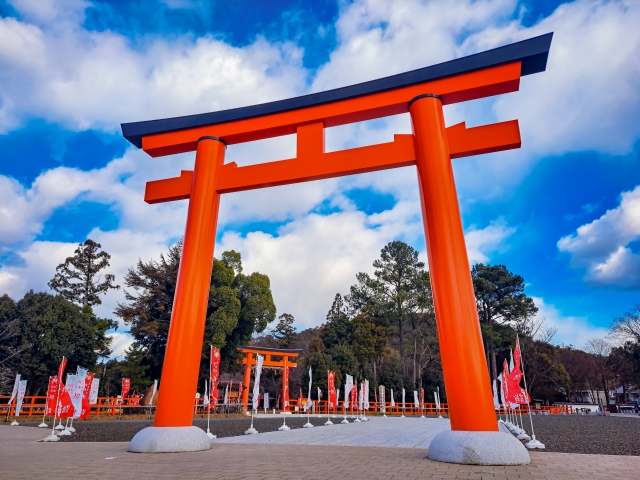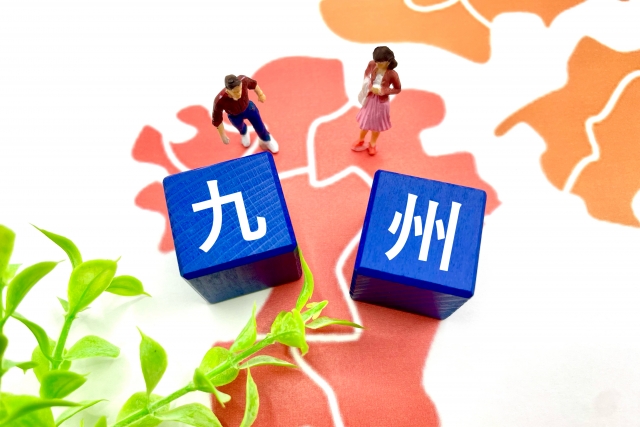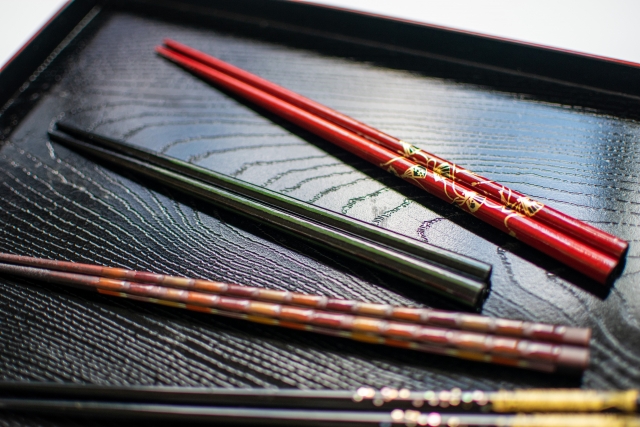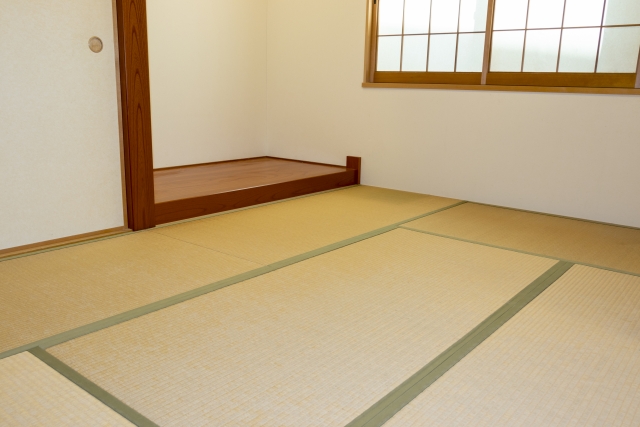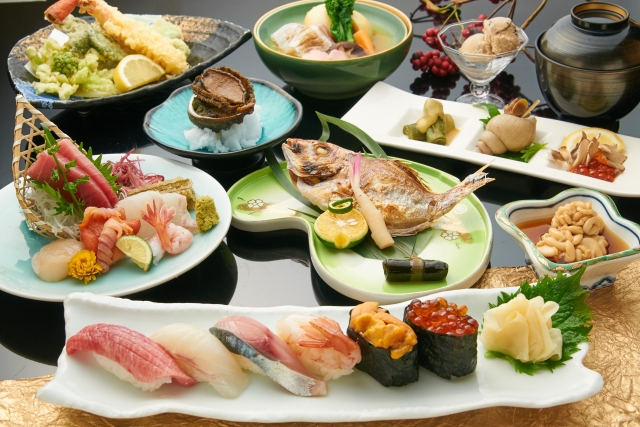When it comes to Japanese food, there is a wide variety, from the standard ones such as sushi, sukiyaki, and tempura, to the good cheap eats such as okonomiyaki, takoyaki, and ramen. And let’s not forget Japanese sweets or “wagashi”. They are delicate and beautiful to look at and come in a wide selection.
Wagashi is enjoyed with Japanese tea and is one of the traditional Japanese foods. It is also popular among tourists from overseas, and you can often see them enjoying wagashi with green tea or matcha while viewing the beauty of Japanese gardens.
Japanese people’s lives have been colored by various events, starting with New Year’s, Hina Matsuri, Hanami, and Tanabata. All of these events are the result of the Japanese people’s respect for the seasons and culture. At these events, wagashi with various wishes have been eaten together.
Let’s take a look at the history of wagashi and find out what kinds of wagashi exist in Japan.
A treasure trove of flavors, exploring the deep charm of Japanese food
- History of Japanese sweets
- Types of Japanese sweets
- March 3rd Hinamatsuri Japanese sweets
- April: Japanese sweets for cherry blossom viewing
- May 5th: Japanese sweets for Children’s Day
- July 7th Tanabata Festival Japanese sweets
- September 9th: Japanese sweets for Chrysanthemum Festival
- Enjoy Japanese culture with Japanese sweets
History of Japanese sweets
Ancient times
The ancients, who did not have enough food, used to pick wild berries and fruits to eat when they felt hungry. It is believed that this snacking became what is known as “kashi(sweets or snacks)”. In ancient times, when there was no technology to process food, it is thought that the sweetness of fruits was a special blessing, distinguishing them from staple foods.
Asuka(592-710) – Heian (794-1185) period
Kara-gashi (Chinese confectionery) was introduced to Japan from China. These confections were called “baishi”, “toushi”, “kakko”, “keishin”, “tensei”, “hichira”, “tsuishi”, and “danki”. These sweets were made of rice, wheat, soybeans, red beans, etc., kneaded or fried in oil, had a distinctive shape, and were mainly used for rituals. It is thought that these confections had a great influence on later wagashi.
Kamakura(1185-1333) – Muromachi (1333-1573) period
During this period, the tea ceremony became popular in Japan.
In the Muromachi period, tea ceremonies included a light snack called “tenshin” or dim sum, which was not part of the regular meal. One of them was yokan (bean jelly) made from wheat or red bean flour.
Other sweets for the tea ceremony included “Uchiguri” (chestnuts), “Sembei” (rice crackers), “Kurinokomochi” (chestnut flour rice cakes), and “Funoyaki”, which led to the development of wagashi.
Warring States – Azuchi-Momoyama Period(1573-1603)
In this period, trade with Portugal and Spain increased, and Namban-gashi confectioneries such as castella and kompeito(rock candy) were introduced, which overlapped with the period when the tea ceremony was established, and had a great influence on the Japanese confectionery culture.
It became the prototype for the Japanese confectionaries that are still eaten today, such as boro, castella, kompeito, and cookies.
Edo Period(1603-1868)
As the amount of sugar imported to Japan increased, the number of stores specializing in confectionery production also increased. In Kyoto, sweets with ingenious designs and names inspired by the beauty of nature were created, and developed into high-class confectionaries that spread to various regions. Since white sugar, which was expensive at the time, was used, they were called ” jogashi(high quality confectionery)” and were favored by court nobles, provinvial lords, and wealthy merchants. The provincial lords of each region began to have their own local confections made as gifts or for tea ceremonies. Besides, by having being constructed roads to come to meet and serve the shougun or the central government, local wagashi spread throughout the country.
The Meiji Era(1868-1912)
With the end of the Edo shogunate, the confectionery stores that sapplied the shogunate went out of business, and with the opening of Japan to the outside world, the number of confectioneries introduced from the Western world increased. Because of this background, confectioneries that had not been classified in the past are now called separately as Western-style confectioneries” and Japanese “Wagashi”.
Types of Japanese sweets
Wagashi is closely related to various events in Japan. Depending on the event, there is a confectionary for it, each with its own origin and the thoughts of the people of the time.
Here are some of the types of wagashi along with Japanese events.
March 3rd Hinamatsuri Japanese sweets
Since the Edo period (1603-1868), when a girl is born, the dolls are displayed during the Hinamatsuri to celebrate the baby’s first Hinamatsuri, and the festival has developed into a festival to wish for the birth and healthy growth of girls. Therefore, meals and Japanese sweets are prepared with the spirit of celebrating a girl’s growth.
Introducing Japan’s traditional festival “Hinamatsuri”(Doll’s Festival.)
Hishimochi(a diamond-shaped rice cake)
In the beginning, green and white were combined, and then red came to be added.
It is said that the green color represents grass, the white color represents snow, and the red color represents peaches, hoping for healthy growth by taking in the spirit of nature.
Hichigiri
Hichigiri is a sweet that is mostly made in Kyoto.
It is also called “Akoya”. It is made of rice cake or gyuhi with red bean paste or kinton, and is colored in green or peach.
It is said that the name “hichikiri” comes from the fact that the dough was torn off during the busy Hina Festival, also that the shape resembles an Akoya shell with one end cut off.
April: Japanese sweets for cherry blossom viewing
In the Edo period (1603-1868), as an event for the common people, many people began to gather at places famous for cherry blossoms to have meals. A rug would be laid out under a cherry blossom tree and food and sweets would be spread out, and drinks would be shared. During the cherry blossom viewing season, brightly colored hanami dango (dumplings) and sakura mochi (rice cakes) made from cherry leaves are prepared.
Introducing cherry blossom viewing, which is very popular in Japan
Hanami dango
These dumplings are made by skewering dumplings in three colors: light red, green, and white or brown. The light red color is thought to represent cherry blossoms, the green color young leaves, the white color spring mist, and the brown color soil.
Surprise yourself with the charm of dango(dumplings), a heart-warming Japanese sweet.
Sakura mochi
Sakura mochi is made by wrapping bean paste in dough or glutinous rice, and then wrapping it in salted cherry leaves. It is usually wrapped with a single leaf, but some regions and stores use two or even three leaves.
May 5th: Japanese sweets for Children’s Day
Tango-no-Sekku is a festival to wish for the healthy growth of boys. On this day, Chimaki and Kashiwa Mochi are prepared.
Chimaki
Chimaki is made of rice cakes, yokan (sweet bean jelly), etc., shaped into a long cone, wrapped in bamboo leaves, tied with rushes, and steamed. It is eaten with roasted soybean flour with sugar.
Kashiwa Mochi
A rice cake made of white rice flour, filled with sweet bean paste, and wrapped in oak or kashiwa leaves. The filling is sometimes azuki red bean paste, and sometimes miso paste. Kashiwa leaves have a bactericidal effect and also have been used as a plate for serving food since ancient times.
July 7th Tanabata Festival Japanese sweets
“Tanabata” is an event celebrated by decorating bamboo leaves with strips of paper on which people write their wishes, known in the legend that Orihime and Hikoboshi cross the Milky Way and meet once a year. On Tanabata, people prepare sakuhei rice cakes and other sweets in the shape of Tanabata.
A starry summer night, the atmosphere of Tanabata. Introducing the traditional features that color Japan’s summer.
Sakuhei
It is a dough made of wheat flour mixed with rice flour and salt, stretched out, twisted together like a rope, and dried. Some are fried without drying, and some say it is the origin of “Karintou”(deep-fried cookie coated with sugar)
Sweets with the consept of Tanabata
There are many stores that make jyo-nama-gashi(high-quality fresh sweets) and dried confectioneries that resemble the Milky Way (stars) and bamboo grass. One of the most commonly used sweets is “Kingyokukan”. It is made by boiling kanten (agar) with sugar or syrup and hardening it into a shap, turning it out transparently. Gold powder and other ingredients are placed inside and layered with yokan to express the Milky Way at night. Many colorful sweets are made by combining dried confections made in the shape of tanzaku, bamboo grass, and itomaki, and kompeito, which looks like a star.
September 9th: Japanese sweets for Chrysanthemum Festival
Chou-you-no-Sekku is a day to pray for long life and good health using chrysanthemums, which were believed to have the power to extend one’s life.
For this day, sweets that resemble chrysanthemums and kisewata(the cotton on the chrysanthemums), which have the meaning of longevity, are prepared.
High quality confectionery of kisewata
The Japanese confectionery “Kisewata” is made with the image of red chrysanthemums and white cotton.
A chrysanthemum flower is made of steamed Konashi, mixing white bean paste with wheat, make it a chrysanthemum flower, then making Nerikiri into a thin layer and placing it softly on the flower.
Dried confectionery with the consept of chrysanthemum
Dried confections or “higashi” such as Rakugan(pressed sweets made of rice flour) and the dough of Monaka (wafers filled with red bean paste) are made in the shape of chrysanthemum.
In addition to the above, there are various other events and confections that go along with them, each with its own origin and the feelings of the people of the time. Some of them are disappearing with the times, while others have been handed down to the present, but I think it will be a different experience to eat them while remembering the meaning of each wagashi.
Enjoy Japanese culture with Japanese sweets
Many Japanese sweets have a long history, and the thoughts of the people involved in each era are put into them. One of the charms of wagashi is that it allows you to think about life in those days and appreciate Japanese culture. Why don’t you enjoy wagashi when you visit Japan?


